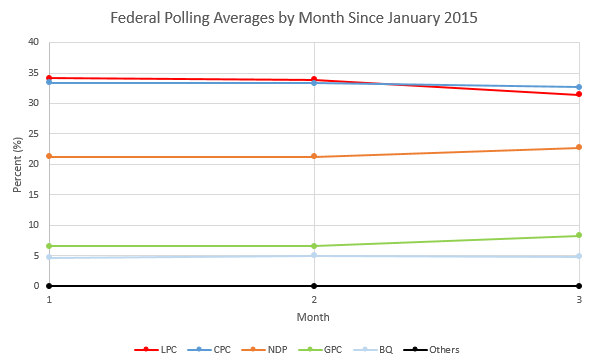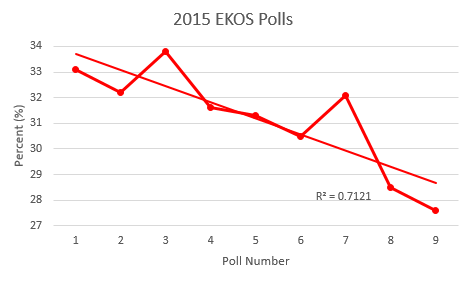Spencer's Gorge/Webster's Falls Conservation Area is a great place to visit if you want to see waterfalls, go hiking, and enjoy some scenic lookouts. Located on the Niagara escarpment, it is a short drive from Hamilton, Ontario. Within the park, four waterfalls can be visited and I will mainly discuss those.
All pictures were taken by me or by people I was with, and are from my 2008 and 2012 summer visits. People have been cropped out for some of the pictures to protect their privacy.
I will describe my 2012 visit in detail (in 2008 I visited fewer places).
Tews Falls, a 41 m high waterfall, just 11 metres short of Niagara Falls is a short walk from the parking lot (note that there is a second parking lot near Webster's Falls). It is plunge waterfall, 9 m wide. There are two platforms where you see a side-view of the waterfall. This is where most pictures of Tews Falls are taken. You can't go very close to the top of the falls, since there are fences and guardrails for safety reasons. There is a small stream that feeds the falls (Logie's Creek), but it largely obstructed by trees, bushes, and undergrowth. However, the view is still great.
View of Tews Falls. Photo taken during my 2008 visit.
From here you can take the short-cut to Webster's Falls by going west then south along the Webster's Falls Side Trail or you can catch some other sights around the park by taking the trail east then south, then returning to Tews Falls and heading west to Webster's Falls. This is what I did in 2008, but my 2012 trip was a bit more adventurous.
I headed east. There's some hiking involved here, but it is not too difficult. Along the way, you will see an old abandoned mine. It is just 3 metres long and at most 2 metres deep. It is perfectly safe to go inside. You may want to bring a flashlight, but there is not much to see, since the mine has been filled in. There are also some metal pieces of an old shack nearby. Stop by Dundas Peak as well where you can see some incredible views of the conservation area and the city of Hamilton, the "waterfall capital of the world" (there are actually nearly one-hundred waterfalls in the vicinity of Hamilton).
Afterwards the trail converges onto Highway 8 and from there you can get to the Bruce Trail. However, that is outside of the park, so you may want to go back to Tews Falls and then take the trail west to Webster's Falls, like what I did in 2008.
Back in 2008, from the platform overlooking Tews Falls, I saw some people down at the base of the falls. I wondered how they got there, since it is nearly impossible to directly climb down the steep basin. So for my 2012 trip, I made it a goal to go to the base of Tews Falls.
I hiked east down the Webster's Falls Side Trail, as I previously mentioned. At the end of the trail there are railroad tracks. Follow the tracks west until you see an opening in the woods near Spencer's Creek. See map 2. There's actually a smaller 6 m high waterfall called Dundas Falls on the other side of the tracks (outside of the park), but I did not go there. I headed north, always beside Spencer's Creek.
Map 1. This map gives a general look of the Spencer Gorge/Webster's Falls Conservation Area.
Map 2. This map shows where to go from the Webster's Falls Side Trail to the point from where one can ultimately get to the base of Tews Falls.
Often, there is no formal trail, but walking is not too difficult beside the river. Also, people have walked here previously, so a "natural" trail has formed. You may have to cross the stream once or twice, but it is easy, since the water is shallow and there are plenty of stones to help you in crossing. You may get your shoes wet and muddy if you're not careful, though.
About halfway, there's a fork in the road. The river goes west and north. North will take you to Tews Falls and west will take you to Webster's Falls. Intending to visit Tews Falls first, I continued north.
Shortly after the fork is Lower Tews Falls. You cannot access these falls or the base of Tews Falls from the Spencer Creek Side Trail. Hence, few park visitors see these great features of the Spencer Gorge. Lower Tews Falls is a curtain waterfall, 12 m high and 22 m wide.
View of Lower Tews Falls during approach.
Afterwards we continued on, always beside the river. The gorge becomes narrower here, so you may have to occasionally hold onto branches to avoid walking into muddy terrain and staying stable and dry.
Finally, partially obstructed by trees and green undergrowth, I saw it. Tews Falls. Like an explorer in the Amazon gazing at something new and amazing for the first time, I approached the falls. Going the base of falls and seeing the waterfall up close is so much better than just looking at it from a distance.
Approaching the base of Tews Falls.
View of Tews Falls from the base. There is much less water during the summer, especially in August.
Close-up view of the waterfall. You can easily go behind the falls and even take a shower directly under the waterfall. The cool water is very refreshing on a hot summer day.
After that, we headed back down the river and now went west on Spencer's Creek towards Webster's Falls. Eventually, you get to a portion of the Spencer's Creek Side Trail. This trail takes you to Webster's Falls. However, it's still not a walk in the park. I recall a difficult portion of the trail in 2008 where the path got very narrow and inclined, so we had to hold onto a rope pre-installed on the trail. But in 2012, there was no longer a rope, probably because the trail got repaired a bit.
Eventually you can hear the roar of Webster's Falls, then it appears from the distance. Most people just continue straight ahead and miss another waterfall: Baby Webster's Falls. This waterfall is located just downstream of the waterfall. If you look west right beside a stairway leading to the top of Webster's Falls, you can see it. Baby Webster's Falls is a complex ribbon waterfall. It is 20 m high and 3 m wide. Usually, there is not much water flowing down and it is being fed by a smaller tributary of Spencer's Creek.
Baby Webster's Falls. On a dry day, there is very little water.
Finally, I visited Webster's Falls, arguably the most popular and famous waterfall in the Hamilton Area. It is a 22 m high and 30 m wide curtain/plunge waterfall. You can view the falls from almost all angles. You can climb up the stairwell to view the waterfall from the top, stand just a few metres from the edge and look down, cross Spencer's Creek via two cobblestone footbridges, and enjoy the park above the waterfall. It is even possible to go behind Webster's Falls. I recommend you do this one a day in the summer when it is dry and the water flow is low. Still, this is not easy and may be dangerous. The ground is slippery and it is hard to find a place to hold onto, especially because of the clay ledges.
Webster's Falls (2008).
Webster's Falls (2012). There was much less water than last time.
At the base of the falls.
Behind the waterfall. The walkway is very muddy, slippery, and wet. It is also on an incline. There is not much to hold onto. Be very careful.
Right behind Webster's Falls. It is very rocky at the bottom, so I do not recommend attempting to go over the falls in a barrel.
More views from behind Webster's Falls.
All in all, Spencer Gorge/Webster's Falls Conservation Area is great place to see waterfalls and be outdoors. There is a lot to discover and adventure awaits at every corner.
For more information, directions, and maps visit:
http://www.conservationhamilton.ca/spencer-gorge-websters-falls-conservation-area































